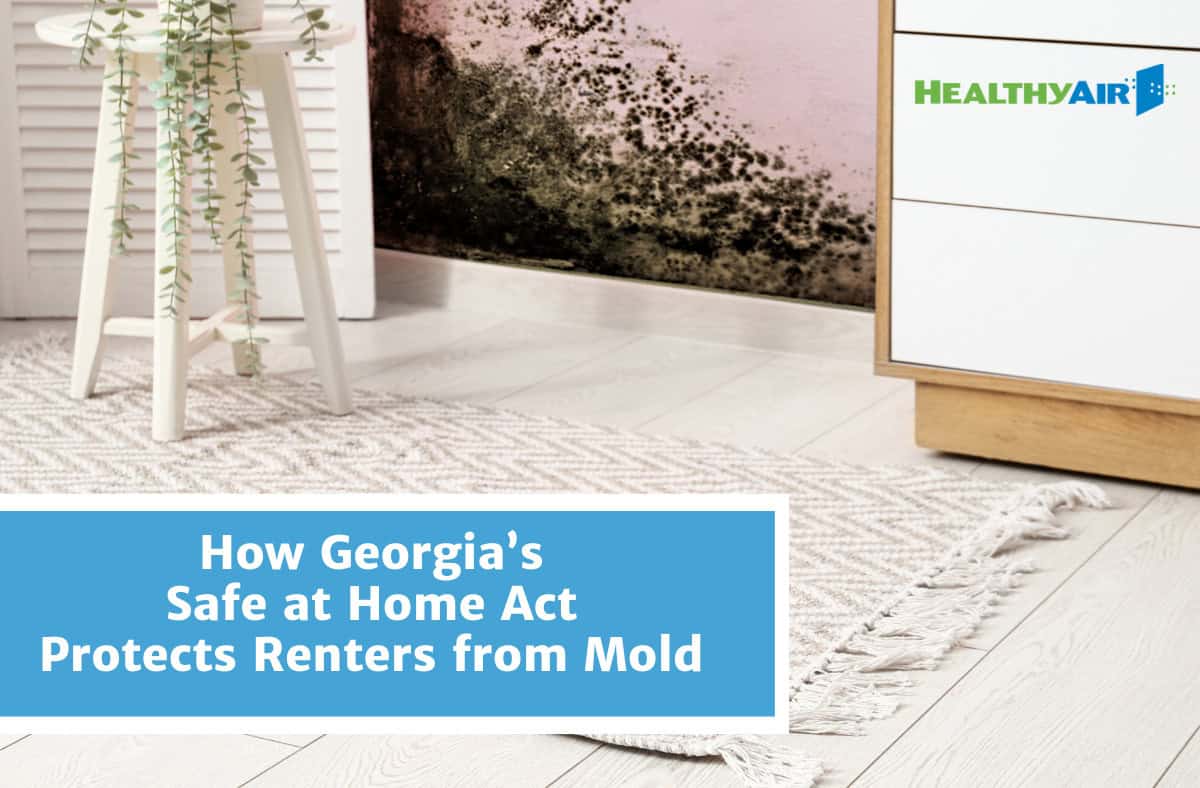What Are Molds?
They are microscopic organisms, found everywhere, indoors and outdoors. Molds are musty smelling members of the fungi kingdom that feed on organic…
What are molds?
They are microscopic organisms, found everywhere, indoors and outdoors. Molds are musty smelling members of the fungi kingdom that feed on organic materials and thrive in moist conditions. Some fungi are parasitic and feed off a living host. The saprophyte group of fungi can produce airborne particles and gases that can cause musty odors and can lead to illness or allergic reactions. Mold and mold spores are always present in the outdoor environment but their volume in proportion to the atmosphere is small.
What is the difference between a mold and a fungus? What is a spore?
Molds, mildews, and yeasts are various types of fungi. It is estimated that 25% of all children and up to 10% of adults are allergic to various fungi such as Aspergillus, Penicillium, and Stachybotrys. Spores can travel through the air and colonize distant sites. HVAC systems are the primary way in which molds and fungi spread and disseminate.
How does mold get indoors?
It travels through the natural ventilation that occurs in homes and buildings and by riding on the surfaces of people and materials that enter these structures. Every time a door opens mold spores will enter the structure. Molds only require moisture and a food source to establish colonies and reproduce. They feed on drywall, paper, and wood or simply dust. Only a short period of high humidity is necessary to begin the growth of these ever present mold spores.
What are some of the common Indoor Molds?
The three most common indoor molds are Penicillium, Aspergillus, and Stachybotrys:
Aspergillus: This mold can be seen in several different colors, depending on the species. Aspergillus can withstand conditions of low moisture and therefore can be categorized as a xerophilic fungi. It can be a very toxic mold due to the carcinogens they produce, called Aflatoxins. These toxins can be especially toxic to the liver, brain, kidneys, and heart.
Stachybotrys: This mold has a slimy head and is greenish-black in color. Stachybotrys can grow on completely saturated surfaces due to its low nitrogen requirements. It has a high moisture requirement and a broad temperature range. This high moisture requirement categorizes it as a hydrophilic type of fungi. Recently, this mold has been linked to cases of infant respiratory bleeding and several infant deaths in the Cleveland area and across the United States.
Penicillium: This mold has a dense, brush-like appearance with many different branches. Penicillium tends to emerge at sub-basement levels and rooms. It can grow in fairly dry conditions, categorizing it as a xerophilic type of fungi. In addition to the toxins held by the mold spores, the actual penicillium growths also contain toxins. These growths can be found almost anywhere, increasing the threat of this mold in your home.
What are some of the health consequences of indoor mold?
Indoor mold species produce a substance including mycotoxins to protect themselves from other molds and bacteria. Mycotoxins are toxic to humans. The mycotoxins produced can vary depending on the food source and growing conditions. Aflatoxin, a mycotoxin from some Aspergillus strains, is one of the most potent carcinogens known to man. Ochratoxin-A also from the Aspergillus strain can cause kidney and liver disease. Beside the serious effects of mycotoxins, fungi can also infect the human body. Overall various mold infections can occur in the ear, eye, mouth, sinus, skin, lung or brain, however, allergies are the most common health hazard connected with mold growth.
How can I eliminate indoor mold growth and mold spores?
First you should eliminate existing visible mold growth and second prevent or mitigate indoor mold growth. To deal with visible mold growth; clean it with a disinfectant (a fungicide) that will kill the mold or remove it. If the growth is spread over several square feet, removal is recommended. Either method requires protective clothing i.e. gloves, face mask. To prevent or mitigate indoor mold growth, use products such as high efficiency air filters, UV lights, and dehumidifiers. However these strategies have different scopes of effectiveness and therefore a combination of strategies tends to be more effective in the battle against mold.
What is Black Mold?
Stachybotrys atra (toxic black mold) is greenish-black in color, slimy and resembles tar or black paint. The mycotoxin, trichothecenes, is carried in the mold spores. Typically, relatively few spores are released unless this mold is disturbed. It usually grows only on repeatedly wetted materials that contain cellulose. These materials can include wallboard, cardboard, ceiling tile, cellulose insulation, and any kind of wood. If black mold is growing on materials that do not contain cellulose, it is unlikely that Stachybotrys is present.
What are the effects of Black Mold on our health?
In infants, who are especially susceptible, there may be lung hemorrhaging or coughing up of blood; anemia can also be present (although this infection is not the most common cause of anemia).
Symptoms can occur in adults as well, and can include breathing problems, rashes, headache, fatigue and dizziness, nausea, and vomiting and diarrhea.
Once a mold problem has been identified, how should I go about cleaning it?
Small areas of mold (less than a couple square feet) can be cleaned with a solution of 1 cup laundry bleach to a gallon of water. This can be applied with a sponge or spray bottle, and rinsed after 15 minutes. Bleach will kill the mold, but does not inactivate the toxin. Be sure to wear a dust mask, eye protection, and rubber gloves. Provide plenty of ventilation and keep others out of the work area. To get rid of the mold for good, it is necessary to solve the moisture or leakage problem. For larger areas of mold (more than a couple of square feet), call 770-205-1710 or email HealthyAir for a Mold Remediation Consultation.



